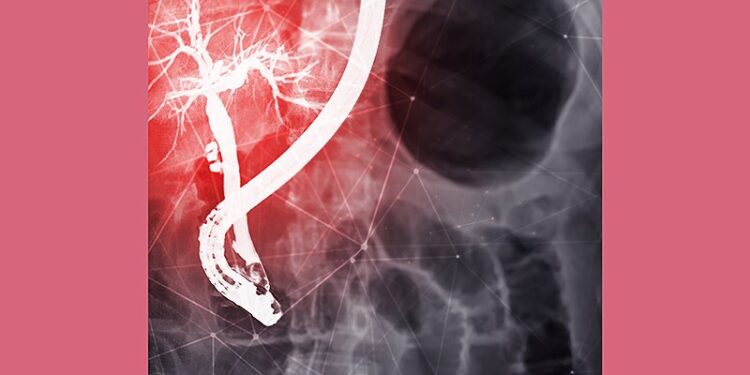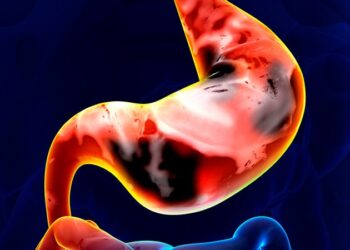TOPLINE:
In Medicare beneficiaries with varying levels of risk for adverse postoperative outcomes, the rate of bile duct injury is three times higher with robotic-assisted cholecystectomy than with laparoscopic cholecystectomy.
METHODOLOGY:
- Robotic-assisted cholecystectomy has seen a 37-fold increase over the last decade, raising concerns it may lead to higher rates of bile duct injury than with laparoscopic approaches.
- Researchers retrospectively compared the safety of robotic-assisted cholecystectomy with laparoscopic cholecystectomy in Medicare beneficiaries aged 66-99 years who underwent procedures between January 2010 and December 2021.
- The beneficiaries were segregated into model training and experimental cohorts.
- The experimental cohort was stratified into low-, medium-, and high-risk groups based on predicted risk factor scores for adverse outcomes post-cholecystectomy.
- The primary outcome was bile duct injury requiring operative intervention after cholecystectomy; secondary outcomes included composite outcomes from cholecystectomy comprising any complications, serious complications, reoperations, and readmissions.
TAKEAWAY:
- There were 737,908 individuals included in the study, 442,101 in the model training cohort, and 295,807 in the experimental cohort, with slightly over 3% patients in both cohorts undergoing robotic-assisted surgery.
- In the experimental cohort, mean rates of bile duct injury were significantly higher among patients who underwent robotic-assisted cholecystectomy than among those who underwent laparoscopic cholecystectomy (mean rate, 0.72 vs 0.23, respectively), with a relative risk (RR) of 3.12; similar results were observed for the training cohort.
- Rates of bile duct injury were significantly higher with robotic-assisted cholecystectomy than with laparoscopic cholecystectomy across all risk groups (low-risk: RR, 3.14; medium-risk: RR, 3.13; high-risk: RR, 3.11).
- The rate of bile duct injury was higher among low-risk patients who underwent robotic-assisted cholecystectomy than among high-risk patients who underwent laparoscopic cholecystectomy (mean rate, 0.47 vs 0.33, respectively).
- Overall, composite outcomes were not starkly different between the approaches (RR, 1.09), except for reoperation rates, which were notably higher among patients who underwent robotic-assisted cholecystectomy (RR, 1.47).
IN PRACTICE:
“A new health technology should be used only if it offers advantages over existing treatments with respect to measures such as clinical effectiveness, safety, patient experience, cost, or social benefit. To date, it has been difficult to identify any of these factors as a rationale for adopting robotic-assisted cholecystectomy. Robotic-assisted cholecystectomy is more costly and lacks any meaningful short-term benefit compared with the gold standard procedure of laparoscopic cholecystectomy,” the author of an invited commentary wrote.
SOURCE:
This study was led by Cody Lendon Mullens, MD, MPH, Department of Surgery at University of Michigan, Ann Arbor, Michigan. It was published online on March 25, 2025, in JAMA Network Open.
LIMITATIONS:
The administrative claims data used for this study are not always accurately tracked in a high-fidelity manner, which may have affected the tracking of procedure conversions to open surgery. Surgeon experience was not accounted for in the risk stratification model, although existing evidence showed that most surgeons perform relatively fewer (< 10) robotic-assisted cholecystectomies. The model stratifying patients into risk groups may not have effectively assigned risk for potential adverse outcomes.
DISCLOSURES:
This study was supported through a grant from the National Institute of Diabetes and Digestive and Kidney Diseases. One author reported having equity in ArborMetrix Inc, outside the submitted work.
This article was created using several editorial tools, including AI, as part of the process. Human editors reviewed this content before publication.
Source link : https://www.medscape.com/viewarticle/bile-duct-injury-risk-higher-robotic-cholecystectomy-2025a10007bv?src=rss
Author :
Publish date : 2025-03-27 08:56:00
Copyright for syndicated content belongs to the linked Source.














